The Tour du Mont Blanc Experience, by Gwendolyn


Preparation
As a first-time hiker going solo for 10 days and staying in mountain huts, I didn’t really know what to prepare, what to expect from the accommodations, or which gear to bring. In my preparation, I read that the TMB is a physically demanding hike, involving over 10 km of elevation gain, so I started training four months in advance. Alongside regular fitness classes, I focused on building endurance, strength, and leg workouts. This really helps to prevent knee injuries. Another recommendation: train in hilly or mountainous areas if possible.
Do consider what to bring in your backpack, as weight matters. Most hikers, including myself, struggle with the question of what to bring and what to leave behind. The weight of your backpack is crucial. For a hut-to-hut hike like the TMB, aim for a backpack weight of no more than 10 kg (22 lbs), with a maximum of 12 kg (26 lbs). A lighter backpack will reduce the risk of injury and make the hike more enjoyable. Don’t worry about not bringing enough snacks or water—I found that there are plenty of small towns or huts along the way where you can buy them.
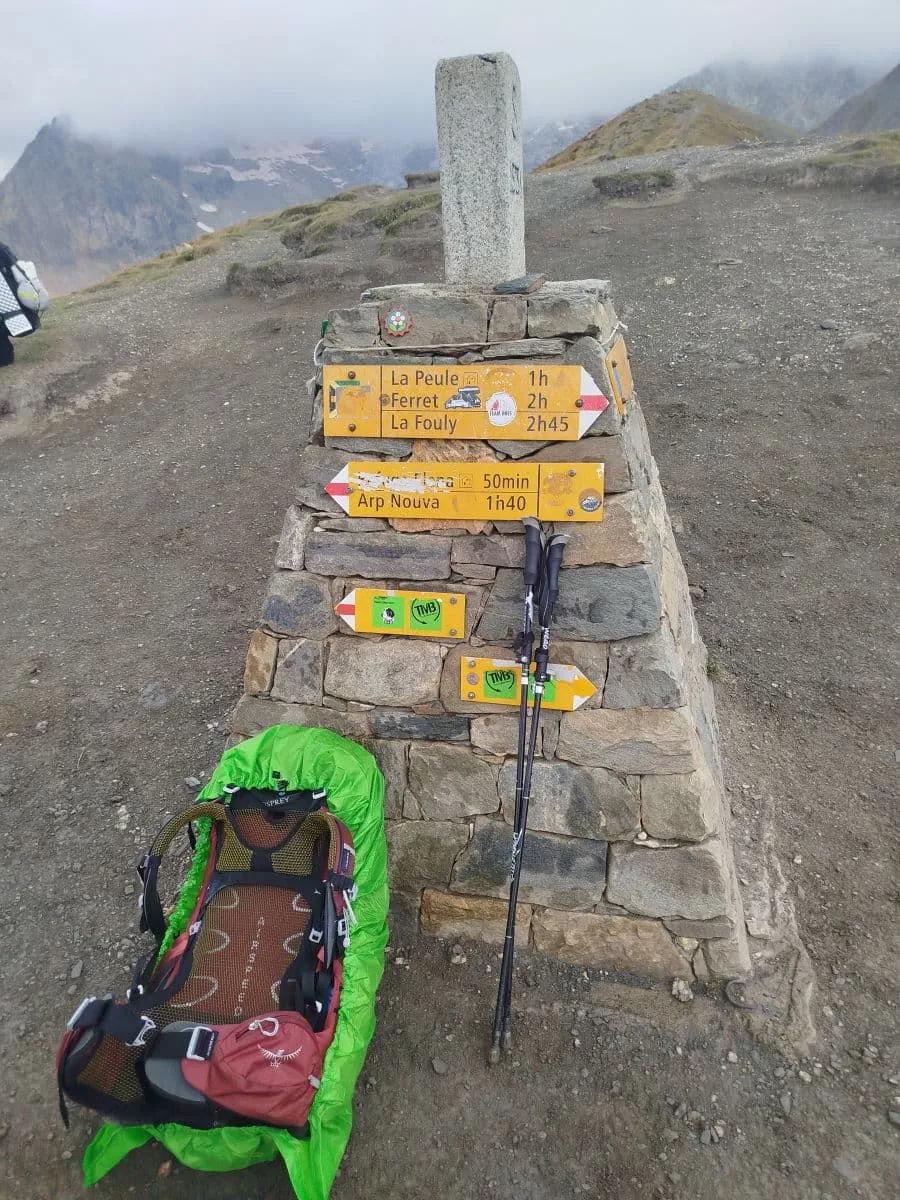
During the Hike
Connection and Safety
Since I hiked solo, I tried to be extra careful. It gave me a comfortable feeling to stay connected during the 10 days with one or two other hikers. My recommendation: share your GPS location with someone you trust or exchange contact numbers with someone you meet at an accommodation. If you expect to arrive later—due to bad weather, for example—it’s wise to inform the accommodation of your planned arrival time. On some longer days, I set check-in points with a few other solo hikers. It was nice to meet again along the trail, share experiences, and enjoy lunch together.
In general, I was really surprised by how supportive everyone is along the trail. You really become part of a hiking community. I experienced that everyone is willing to help each other out. When you don’t know where to go or if you meet people who make you feel uncomfortable, keep in mind that you can set your own boundaries, take some distance, and continue walking alone at your own pace.
The Huts: What to Expect
The huts, or refugios, are an essential part of the Tour du Mont Blanc. I was glad that I booked the hike a few months in advance with Bookatrekking, as accommodation spots are limited. I met hikers who booked last-minute and struggled to find a spot, having to either walk longer or camp out. The huts, as I found out, offer basic facilities but are very cozy. Don’t expect luxury, but you can look forward to hot showers at most locations, a comfortable place to relax, and the chance to meet fellow hikers. If you’re lucky, you’ll share a room with only three others, but in some cases, you may be in a room with up to 20 people. Earplugs might come in handy!
The refugio with the best views is definitely Refugio Gio Bertone, located after Courmayeur. In my opinion, the refugio with the best food is Gîte le Moulin, right at the Swiss border with France. This hut is run by an elderly couple, and the food is homemade with local ingredients, like cheese from nearby farms. The showers are excellent, and the atmosphere is very welcoming. In general, you can expect good food at all huts. Breakfast is simple but nice, with coffee or tea. Dinner portions are large, including a starter, main course, and dessert. Vegetarian options are always available. The meals vary by country—for example, in Switzerland, you’ll enjoy plenty of cheese, while in Italy, you can expect minestrone soup and pasta.
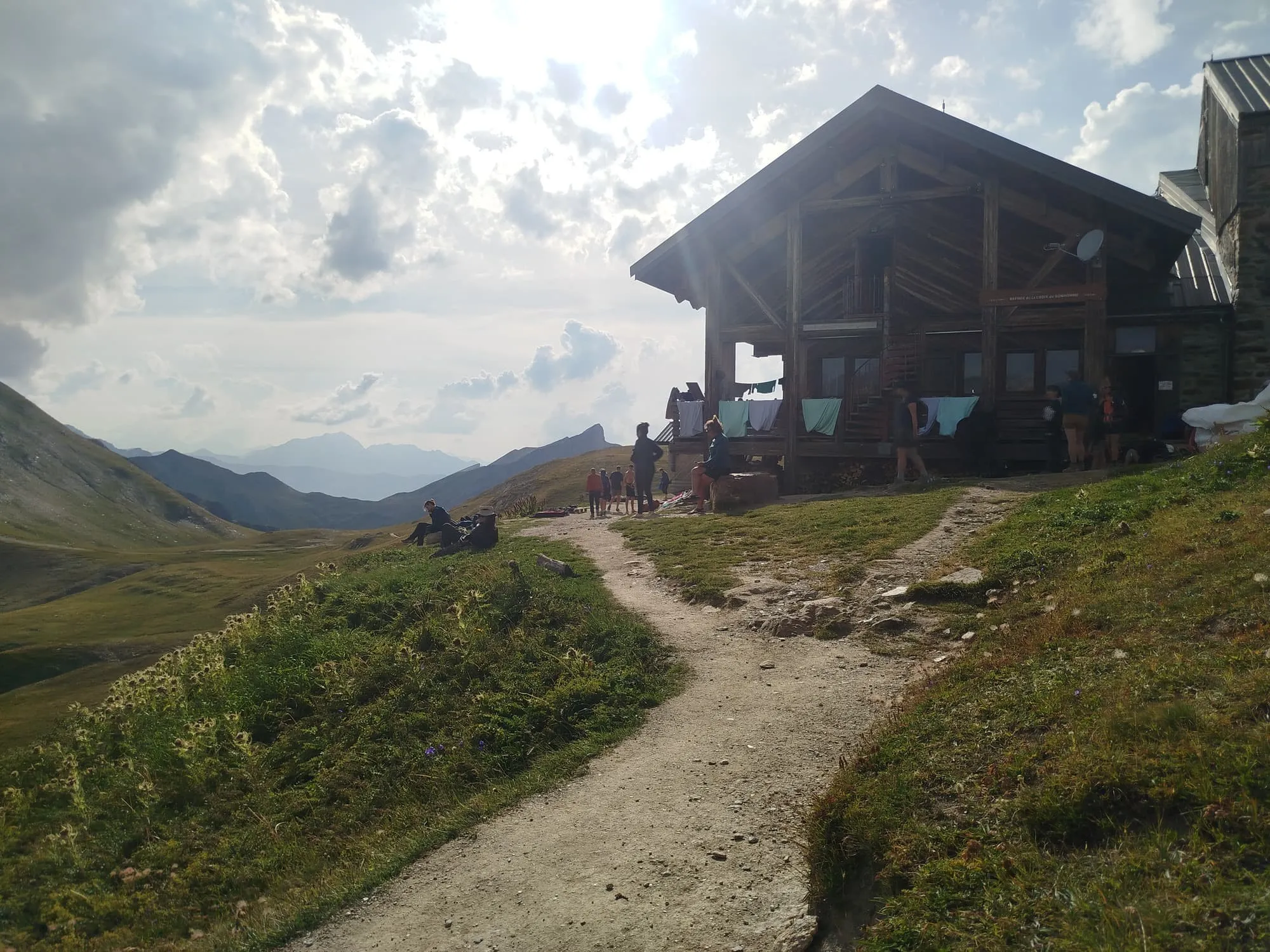
Who Will You Meet?
One thing that struck me immediately at the start of the TMB was the huge international mix of hikers, all drawn to the beauty of the Mont Blanc region. From the U.S. to Taiwan, and even Tasmania, I literally met people from all corners of the globe. I highly recommend connecting and sharing stories during the hike. I’d like to share the top three stories that really stuck with me:
- Zav from Israel: He didn’t work out until he was 40 years old but is now training for a marathon. As a first step, he aimed to complete the TMB. His story reminds us that it’s never too late to set new fitness goals.
- Ramona from Romania: In her late 30s, she was hiking solo for personal reflection and flexibility. “Every year, I aim to accomplish something great for myself. This year, I decided to do the TMB solo, and it’s been amazing so far.”
- Kathryn from Taiwan: Now living in the U.S., she hikes every weekend. She used to hate it because of mosquitos but now loves it. Her advice: use apps like Strava, Komoot, and AllTrails. Skya is a free option, but less accurate and requires some tech skills.

After the Hike: What to See Around Chamonix and Geneva
Since I had a few extra days to spend before and after the hike, I decided to explore both Chamonix and Geneva a bit more. If you have some extra time, I highly recommend doing the same—there is so much to explore!
After completing the Tour du Mont Blanc, I took a local train from Taconnaz to Servoz, a charming village 30 minutes away. The journey feels like a scene from the TV program Rail Away, with stunning views of mountains and viaducts. Tip: you can enjoy a great 3-hour hike to Lac Vert, a beautiful green lake with spectacular views of Mont Blanc that isn’t overly touristy.
What to See and Do in Chamonix
Chamonix is a small but charming town where you can stay for a few extra days around your hike. It attracts many outdoor-minded people, and the shops offer a wide range of gear for sports like BMX, alpinism, trail running, or hiking. My personal top 3 things to do:
- Visit QC Terme Chamonix – wellness center with mountain views and many facilities. Pricey, but perfect for post-hike relaxation.
- Ride the Téléphérique Aiguille du Midi – the highest cable car in France. At 3,842 meters, you’ll see the French, Italian, and Swiss Alps. Book in advance; tickets are around €80.
- Eat at Poco Loco – 47 Rue du Dr Pacard. A burger bar with local beers and a great terrace.
What to See and Do in Geneva
Geneva is a great town. If you happen to have some time, take a walk around the harbor and watch Le Jet d’Eau, one of the world’s largest fountains. Good to know: in Switzerland, tourists can use public transport for free. Just ask for a ‘carte d’hôte,’ a day pass available at the refugio or hotel where you stay in the Chamonix region. The card allows you to take any train, metro, or bus in the area—even the Mont Blanc Express train between Servoz and Vallorcine, with Les Houches (the starting point of the TMB) conveniently located between them.
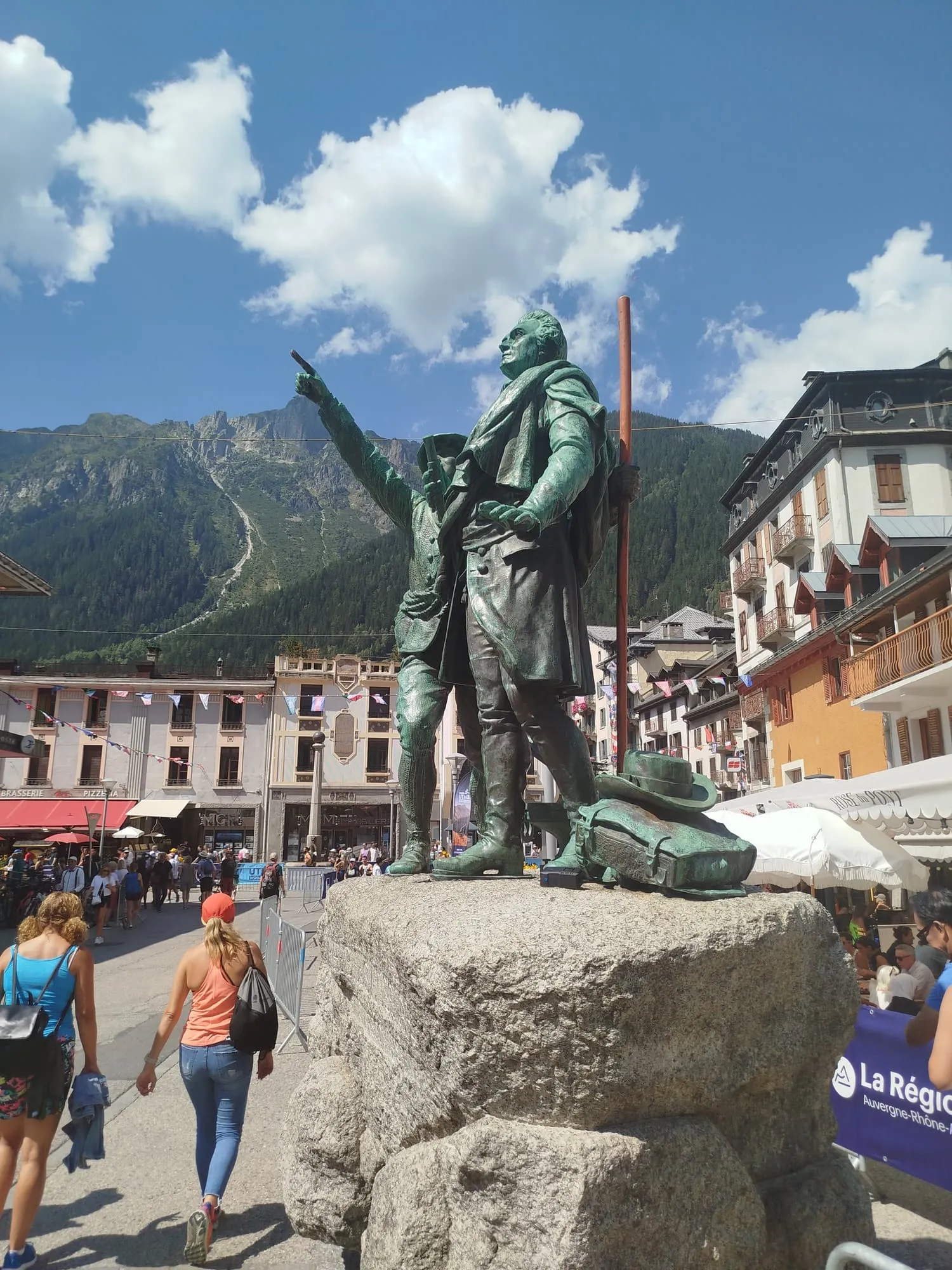
Final Thoughts
The TMB is a perfect adventure for medium to advanced hikers of all ages, and while you may be hiking solo, you’ll never truly be alone. The people you meet along the way and their stories will make the experience even more rewarding. A little extra training and preparation go a long way toward making your hike more enjoyable. I really can’t wait to start a new hike soon—maybe I’ll see you out there!
Do any of these stories resonate with you? Share your own TMB experiences and tips in the comments below!
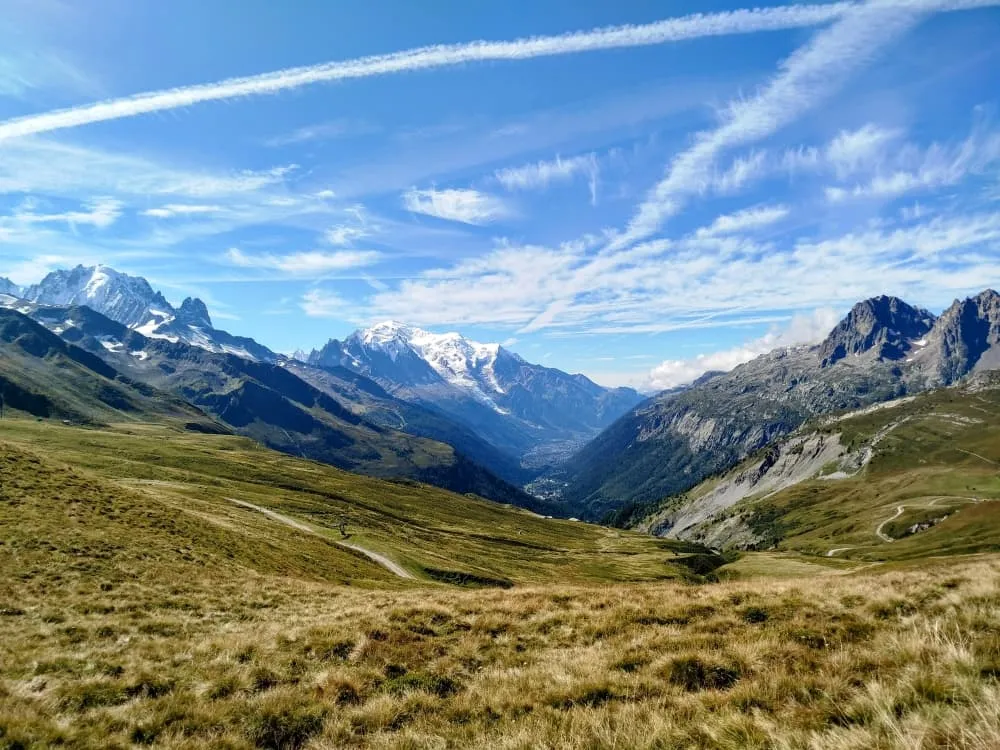
About Us
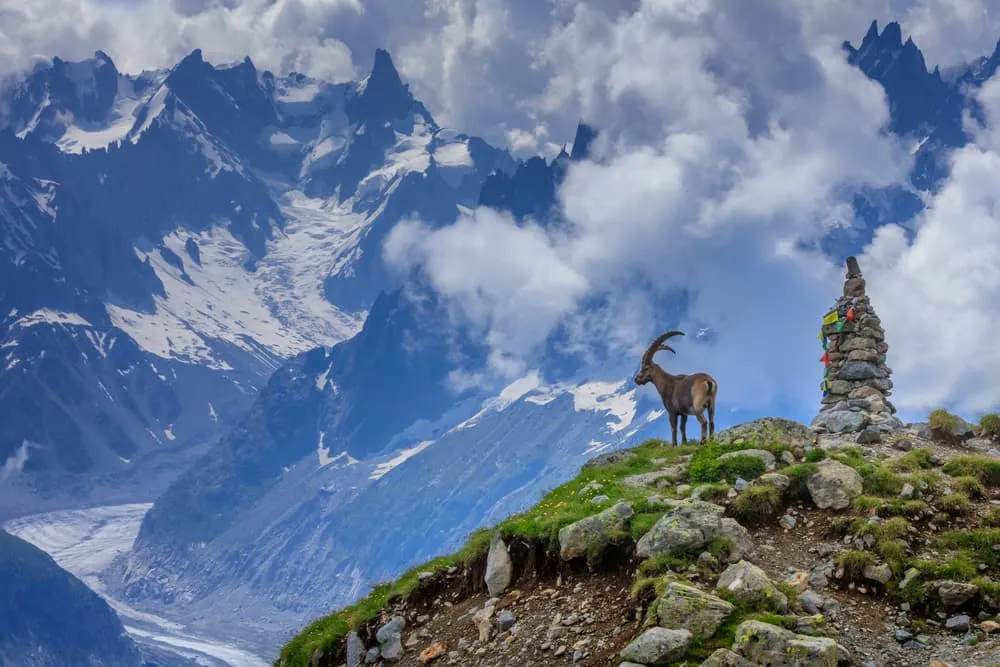



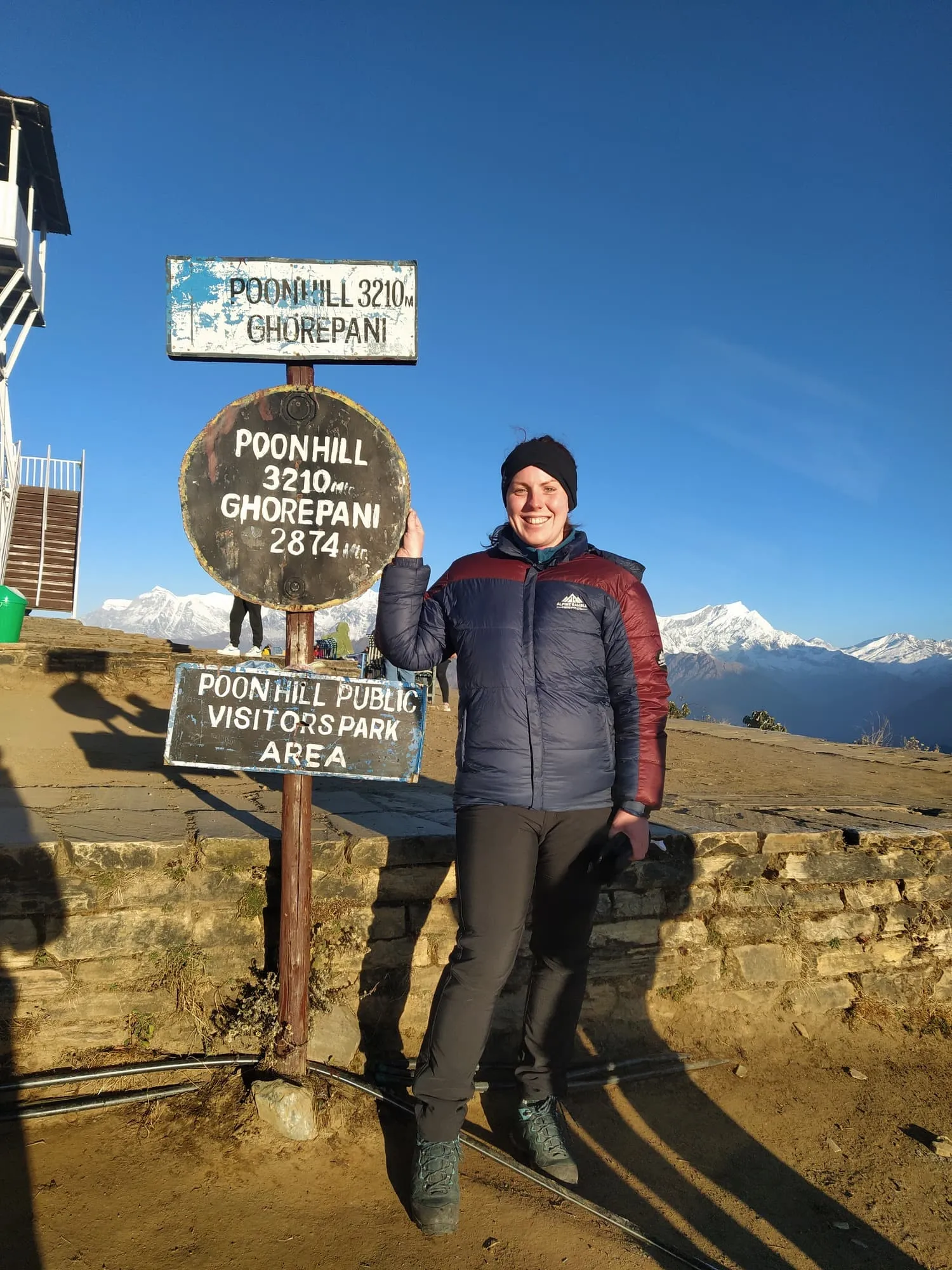

Comments